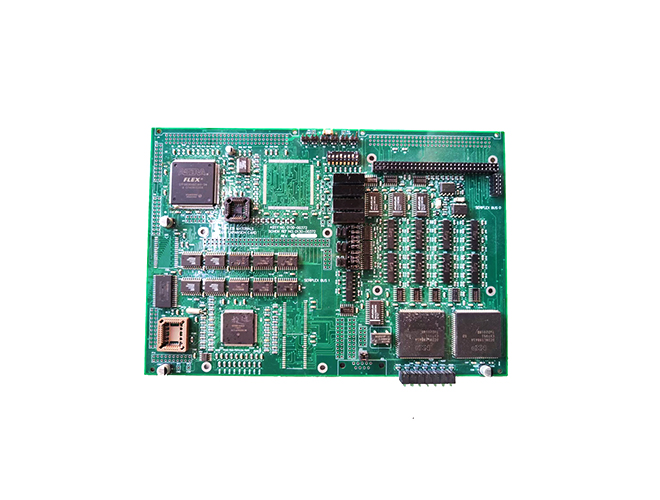-
CN
-
Service Hotline
+8618129931046 Mr. Liao


Time:2025-05-24 Views:1

The transition to lead - free manufacturing in multi - layer printed circuit board (PCB) production is driven by environmental regulations such as the Restriction of Hazardous Substances (RoHS) directive. However, implementing lead - free processes presents unique challenges due to the higher melting points of lead - free solders compared to traditional tin - lead alloys. Precise process control is crucial to ensure reliable soldering, prevent defects, and maintain product quality.
One of the primary aspects of process control in lead - free multi - layer PCB manufacturing is the management of soldering temperatures. Lead - free solders, such as tin - silver - copper (SAC) alloys, typically have a melting point around 217°C, significantly higher than the 183°C of tin - lead solders. In reflow soldering, the most common soldering method for PCBs, careful calibration of the reflow oven is essential. The temperature profile of the oven must be optimized to ensure that all solder joints reach the appropriate liquidus temperature for sufficient wetting while avoiding overheating, which can damage components and the PCB substrate. This involves closely monitoring and adjusting parameters such as the preheat, soak, and reflow zones. For example, the preheat zone should gradually raise the temperature of the PCB to remove moisture and reduce thermal stress, while the reflow zone must maintain the peak temperature long enough for proper soldering but not so long as to cause oxidation or delamination of the PCB layers.
Controlling the quality of solder paste is another critical factor. Lead - free solder pastes have different rheological properties compared to lead - based pastes. The particle size distribution, flux composition, and viscosity of the solder paste can significantly impact the soldering process. Manufacturers need to select high - quality solder pastes that meet industry standards and perform regular quality checks. Solder paste inspection systems, such as automated optical inspection (AOI) and X - ray inspection, are used to monitor the paste deposition on the PCB pads. These systems can detect issues like insufficient paste volume, misplacement, or bridging between pads, which can lead to soldering defects.
In addition to soldering, the handling and storage of lead - free materials also require strict control. Lead - free solders are more prone to oxidation, which can affect their soldering performance. Solder pastes should be stored in a cool, dry environment and used within their specified shelf life. Components and PCBs should also be protected from moisture and contaminants to prevent issues such as tombstoning (where a component stands on one end after soldering) and open joints. Furthermore, the cleaning process after soldering needs to be carefully managed. Lead - free solders often produce more residues due to the higher temperatures involved, and effective cleaning methods, such as using water - based or semi - aqueous cleaners, are necessary to remove these residues without damaging the PCB or components.